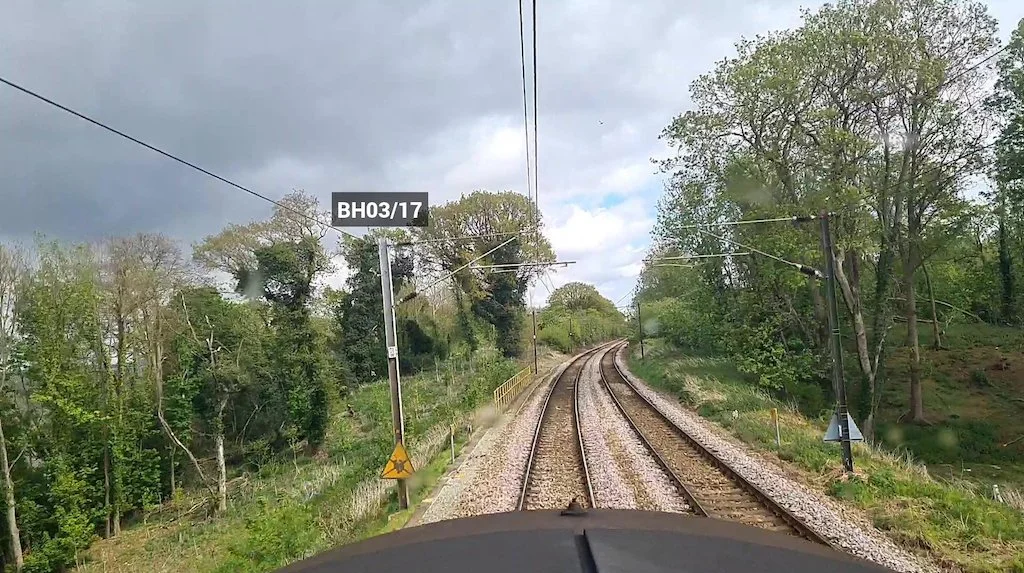Network Rail adopts satellite radar tech to monitor assets across entire network
Leeds-based satellite monitoring specialist SatSense has been awarded a multi-million-pound contract with Network Rail to monitor the UK’s rail network using satellite radar.
image: Network Rail. Credit One Big Circle
SatSense’s web-based GIS platform uses algorithms to convert satellite data into datasets that provide accurate data on ground movements. For the Network Rail contract it will use the satellite radar technology to deliver deformation monitoring, flood mapping and change detection services on the rail network across the UK.
The multi-year contract award, says SatSense, is the first time that interferometric synthetic aperture radar (InSAR) monitoring will have been used at scale by a major rail operator globally. Unlike visible or infrared light, radar waves penetrate most weather clouds and are effective in darkness.
Under the agreement, SatSense will integrate processed InSAR satellite data into Network Rail’s earthwork asset management systems.
The approach will reduce reliance upon on-site examinations cutting costs and ensuring continuous and proactive monitoring. It will also enhance safety, improve efficiency and lead to higher data accuracy and consistency.
The implementation, says Network Rail, will build upon rather than replace manual examinations. It will use existing asset knowledge to validate and interpret earth observation data for enhanced asset management decisions.
SatSense CEO Matthew Bray said, “We are delighted with this appointment – it is a testament to the vision of decision-makers in Network Rail. We’re excited to work on a world-first, realising the benefits that remote sensing offers in rail, enhancing safety and reliability at scale.”
Network Rail network technical head of geotechnics Simon Abbott said, “This partnership with SatSense advances our approach to asset management and safety. The integration of near real-time ground movement, flood and change detection data into our existing asset management capabilities will enhance our predictive capabilities, allow a more comprehensive and timely understanding of earthwork condition, and ultimately improve our risk management. It represents a significant step forward in how railway infrastructure intelligence is gathered and applied.”

